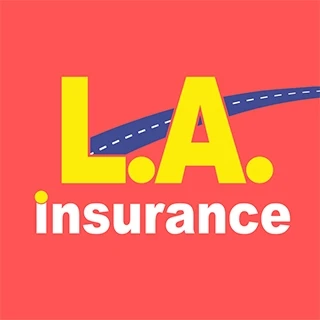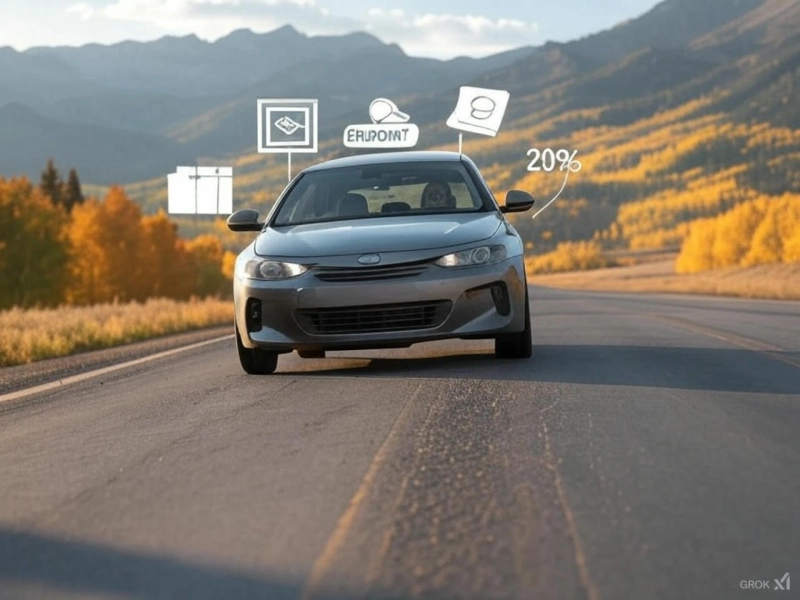Picture this: You’re driving down a snowy road in Colorado Springs when—bam!—you slide into someone’s SUV. Your heart sinks. Will your insurance cover it? If you’re carrying the bare minimum Colorado car insurance, the answer might be “not as much as you’d hope.” Every driver in the state of Colorado needs to meet basic car insurance requirements, but what does that really mean for you?
In this post, we’ll unpack the minimum coverages required by car insurance laws here—known as the 25/50/15 rule—explain what they cover, and explore why they might not be enough to keep you fully protected. Whether you’re with an insurance agency or shopping for affordable auto insurance, let’s make sure you’ve got the facts straight.
What Are Colorado’s Minimum Coverage Requirements?
The 25/50/15 Breakdown
Colorado’s auto insurance requirements boil down to three numbers: 25/50/15. Here’s what they mean:
- $25,000 per person for bodily injury liability: Covers medical expenses or injuries you cause to one person in an accident.
- $50,000 per accident for bodily injury liability: The max payout if multiple people are hurt.
- $15,000 for property damage: Pays for damages to someone else’s car, fence, or whatever you hit.
This is liability insurance, meaning it covers damage you cause to others if you’re at fault—not your own car or injuries.
Legal Must-Haves
The state of Colorado says every driver needs at least this level of liability coverage. You’ll need proof of insurance—like a card or digital copy—anytime you’re behind the wheel. Skip it, and you’re looking at fines starting at $500, points on your license, or even suspension if you’re caught again. Insurance companies are strict about enforcing these insurance requirements in Colorado, so it’s non-negotiable.
What These Limits Mean for Drivers

Real-World Scenarios
Let’s put 25/50/15 to the test. Say you rear-end a car in Boulder, racking up $20,000 in repairs. Your $15,000 for property damage limit leaves $5,000 unpaid—guess who’s stuck footing that bill? You are. Or imagine a crash injuring two people, with medical expenses hitting $60,000. Your $50,000 cap covers most, but you’re still short. These limits can vanish fast.
Who’s Protected (and Who’s Not)
Here’s the kicker: This auto insurance coverage only helps the other guy. If your car’s totaled or you’re laid up with a broken leg, 25/50/15 doesn’t lift a finger for you. It’s the bare-bones shield to meet car insurance laws, not a full safety net.
Why Minimum Coverage Might Not Be Enough
Rising Costs Outpace Limits
Today’s world doesn’t play nice with these numbers. A new car can easily cost $40,000—way over that $15,000 for property damage cap. And medical expenses? One ER visit can blow past $25,000 per person. In Colorado, icy roads and hailstorms crank up the odds of big claims, making those minimum coverages required feel more like a suggestion than protection.
Personal Liability Risks
If you cause a wreck and damages top your limits, you’re personally on the hook. Say a crash totals $100,000—your liability insurance pays $50,000 for injuries and $15,000 for property, leaving $35,000 for you to pay for damages out of pocket. Lawsuits could drain your savings or even garnish wages. That’s a risk many drivers don’t see coming.
Gaps in Protection
The 25/50/15 setup skips extras like collision (for your car) or uninsured/underinsured motorist coverage (for hit-and-runs or uninsured drivers). In Colorado, where 1 in 7 drivers lacks insurance, that’s a big gap. Hail damage or theft? You’re out of luck without add-ons. Minimums meet the law, but they don’t cover life’s curveballs.
Options Beyond the Minimum
Boosting Liability Limits
Want more peace of mind? Bump up your liability coverage—say, to 100/300/100. It’s more coverage for injuries and damage, and the premium hike is often less than you’d think. An insurance company can quote you the difference, but it’s a small price for avoiding a financial nightmare.
Adding Essential Extras
Colorado insurance companies have to offer uninsured/underinsured motorist coverage—you don’t have to take it, but it’s smart. It protects you if an uninsured driver hits you. Toss in comprehensive for hail or theft, and suddenly your policy feels like real auto insurance coverage, not just a legal checkbox.
Balancing Cost and Protection
You don’t have to break the bank. Shop around with an insurance agency or online to find affordable auto insurance that beats the minimum. Compare quotes, tweak coverage, and ask about discounts. The goal? A policy that fits your budget and your life.
Conclusion
Colorado’s 25/50/15 car insurance requirements keep you legal, but they’re a thin shield against today’s costs and risks. The bodily injury liability and $15,000 for property damage limits can leave you exposed—financially and otherwise. In a state with wild weather and busy roads, skimping might cost more than it saves.
Take a minute today: Check your policy. Does it match what you’d need in a crash? Call your insurance company or get a few quotes to see how small upgrades can make a big difference. Colorado driving is unpredictable—your auto insurance coverage shouldn’t be.


